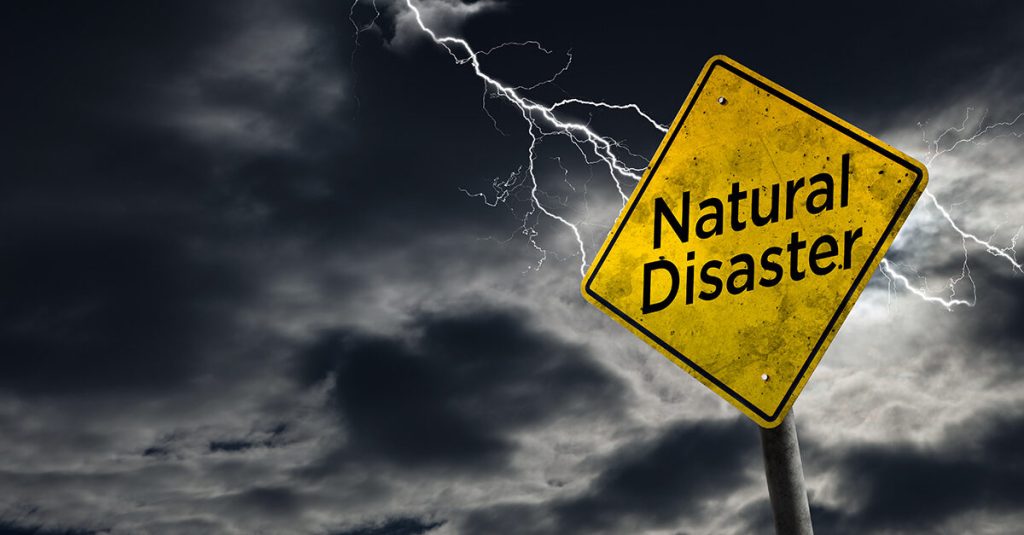In recent years, unpredictable weather events have become alarmingly frequent. From devastating hurricanes and catastrophic floods to wildfires and extreme heatwaves, these disasters can strike suddenly, leaving significant destruction in their wake. As these occurrences increase, it is essential for individuals and families to prepare, particularly when it comes to protecting their treasured memories.
The Risk to Physical Memories
Physical memories, such as family photographs, videos, and important documents, often hold irreplaceable value. Disasters like floods or fires significantly heighten the risk of losing these items. Water can infiltrate homes, damaging everything it touches, while flames can obliterate years of cherished keepsakes in mere moments.
Consider a family album filled with childhood photos or a video recording of a loved one’s wedding day. These items carry immense sentimental value and are often impossible to reproduce. Unfortunately, the unpredictability of weather disasters can lead to situations where these memories are lost forever, underscoring the importance of having a digital backup plan.
Creating a Digital Backup Plan
To protect your memories from the unpredictability of weather-related disasters, establishing a comprehensive digital backup plan is crucial. Here are some steps to help you get started:
1. Assess Your Collection
Start by evaluating your collection of physical items. Identify which photos, videos, and documents hold the most significance for you and your family. Prioritize these items for digitization, ensuring that your most cherished memories are backed up first.
2. Choose the Right Equipment
To effectively digitize your memories, appropriate equipment is essential. A high-quality scanner is vital for photographs and documents, while a digital video converter is necessary for older formats, such as VHS tapes. Additionally, 35mm slides remain popular for capturing special moments; however, finding slide projectors can be challenging. Therefore, converting 35mm slides to digital formats is an excellent option for preserving these memories.
3. Set a Regular Digitization Schedule
Establishing a routine for digitizing your physical memories is important. Consider setting aside time each month for this project or designating a weekend to focus solely on it. Regularly updating your digital collection ensures that new memories are preserved alongside older ones.
Secure Cloud Storage
Once you have digitized your memories, the next step is ensuring they are stored securely. Utilizing cloud storage services can provide an effective solution for protecting your digital archives. Here are several reasons why cloud storage is a wise choice:
1. Automatic Backups
Many cloud services offer automatic backup features that regularly save your files, reducing the risk of data loss.
2. Accessibility
Cloud storage allows you to access your files from anywhere, making it easy to retrieve important memories even during an emergency.
3. Enhanced Security
Reputable cloud storage providers employ advanced security measures to protect your data from unauthorized access and loss.
4. Disaster Recovery
In the event of a weather disaster that damages your home, having your memories stored in the cloud means they are safe from physical destruction. It is essential to choose a trustworthy provider with robust encryption and data protection measures. Popular options include Google Drive, Dropbox, and iCloud, among others. Ensure that your files are organized in a way that makes them easy to locate when needed.
Digitization as a Safety Net
Digitization serves as a crucial safety net for protecting your memories from unpredictable weather-related losses. By converting your physical keepsakes into digital formats, you create a lasting archive that is both easily accessible and secure. Whether it’s a beloved family photo, a cherished video, or vital documents, having a digital copy ensures that your memories remain intact, regardless of external circumstances.
Furthermore, many people find that digitizing their collections helps them rediscover forgotten memories. Old photos and videos can prompt stories and conversations that bring families closer together, allowing you to celebrate your history in a new light.
For those considering photo digitization, the process can be straightforward. Many scanners come with software that guides you through the steps. Make sure to clean your photos before scanning to avoid dirt or smudges. After digitizing, store the files in a well-organized folder structure that includes dates, events, and descriptions, making it easy to navigate.
If you find the process daunting or lack the necessary equipment, you can also trust professionals to handle your photo digitization. Many companies specialize in this service, offering high-quality scanning and organization. They typically have advanced equipment and expertise, ensuring your memories are preserved with the utmost care. Hiring a professional can save you time and provide peace of mind, knowing that your cherished memories are in skilled hands.
Whether you choose to tackle digitization yourself or rely on a professional, taking steps to preserve your memories digitally is a valuable investment. The process not only safeguards your physical keepsakes but also makes sharing and reminiscing about those memories easier for years to come.
Conclusion
As unpredictable weather events continue to pose risks to our homes and belongings, digital preparation is no longer optional; it’s essential. By creating a comprehensive digital backup plan, utilizing secure cloud storage, and embracing the benefits of digitization, you can safeguard your most valuable memories from the ravages of time and nature. This proactive approach ensures that your family’s legacy is preserved, allowing you to pass on cherished moments for generations to come. Whether you need to convert 35mm slides to digital formats or engage in photo digitization, taking these steps can provide peace of mind in an unpredictable world.

